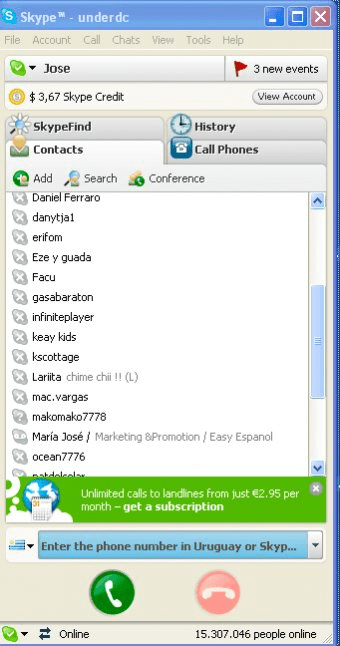

There are no alert tones, flashing fonts or threats as to what could happen if you don’t take immediate action. One of the things that you will notice about the security alert shown in Figure 1 is that it is not written in a way that is designed to instill fear. Security alerts are also displayed within the Action Center. This is what a legitimate security alert looks like. When this alert clears, it will also be listed within the Windows Action Center, as shown in Figure 2. When Microsoft security alerts are displayed within Windows, it’s typical to momentarily see a black pop-up in the lower-right corner of the screen, as shown in Figure 1. How Legitimate Microsoft Security Alerts Are Displayed Other obvious signs that a security alert is fake might include having alert text being read by a robotic voice, an alert being displayed in a way that is difficult to get rid of, or prompts indicating that you need to pay for support using either crypto currency or gift cards.

It’s also important for users to know that Microsoft support does not contact people to tell them that their computers have been compromised. While it’s true that a browser might occasionally indicate that a site that you are about to visit is not secure, Microsoft does not plaster warning messages inside of the browser indicating that your computer has been compromised and that you need to download a fix or contact technical support. Microsoft Security Alerts: Signs of Fraudįirst and foremost, if a security alert is displayed within a web browser, it is almost certainly fraudulent. As part of a security awareness program, it's important to teach end users what to look for to determine whether a Microsoft security alert is legitimate. This means that users who fall for a fake Microsoft security alert could put both their personal environment and their work environment at risk. Rather than working from hardened, domain-joined corporate desktops, these users are often working from their own personal devices. Counterfeit Microsoft security alerts have been around for many years, but they are becoming much more problematic for two (connected) reasons: Many of these fake security warnings are very convincing, and many of the world’s knowledge workers are still working at home as a result of the pandemic.


 0 kommentar(er)
0 kommentar(er)
